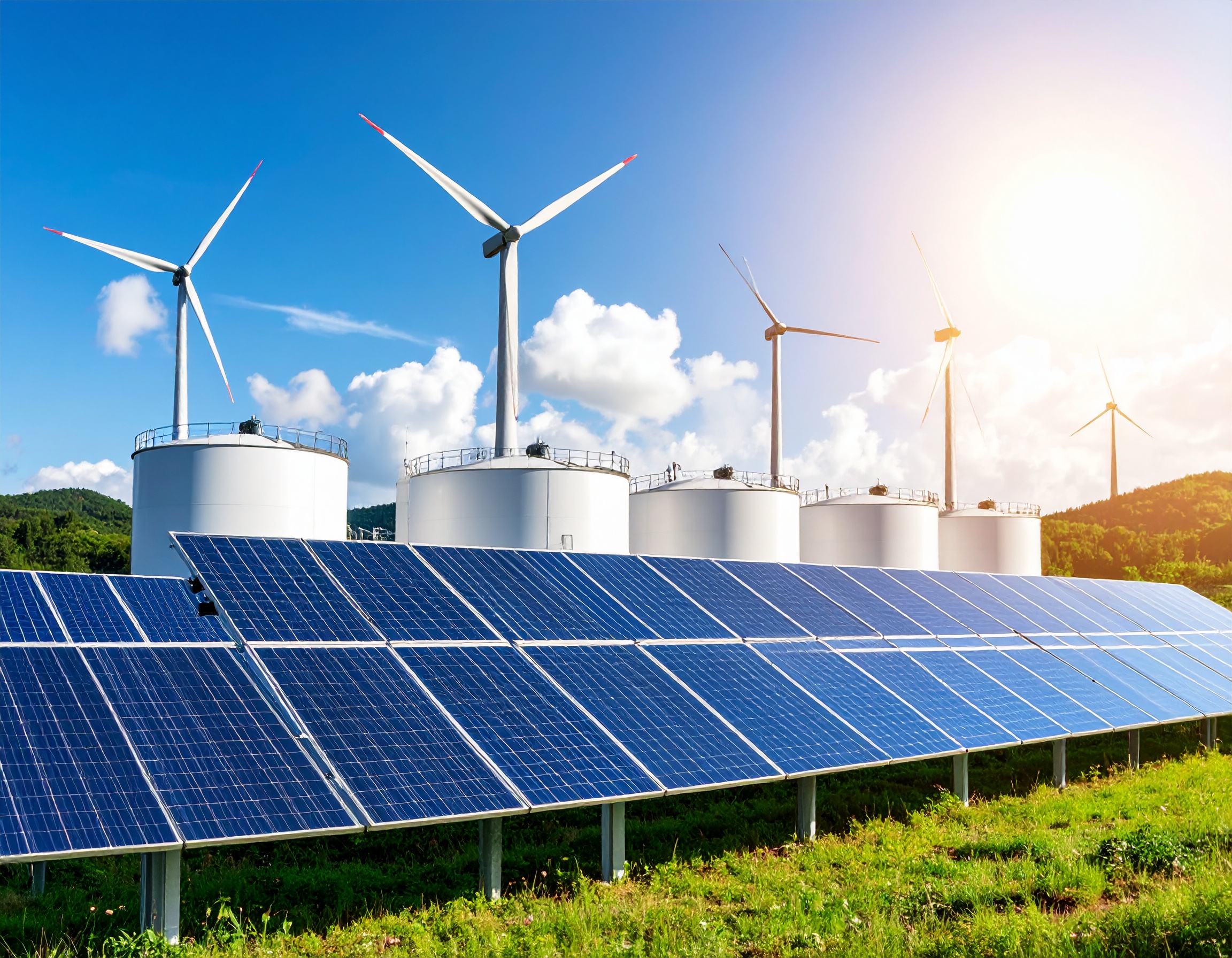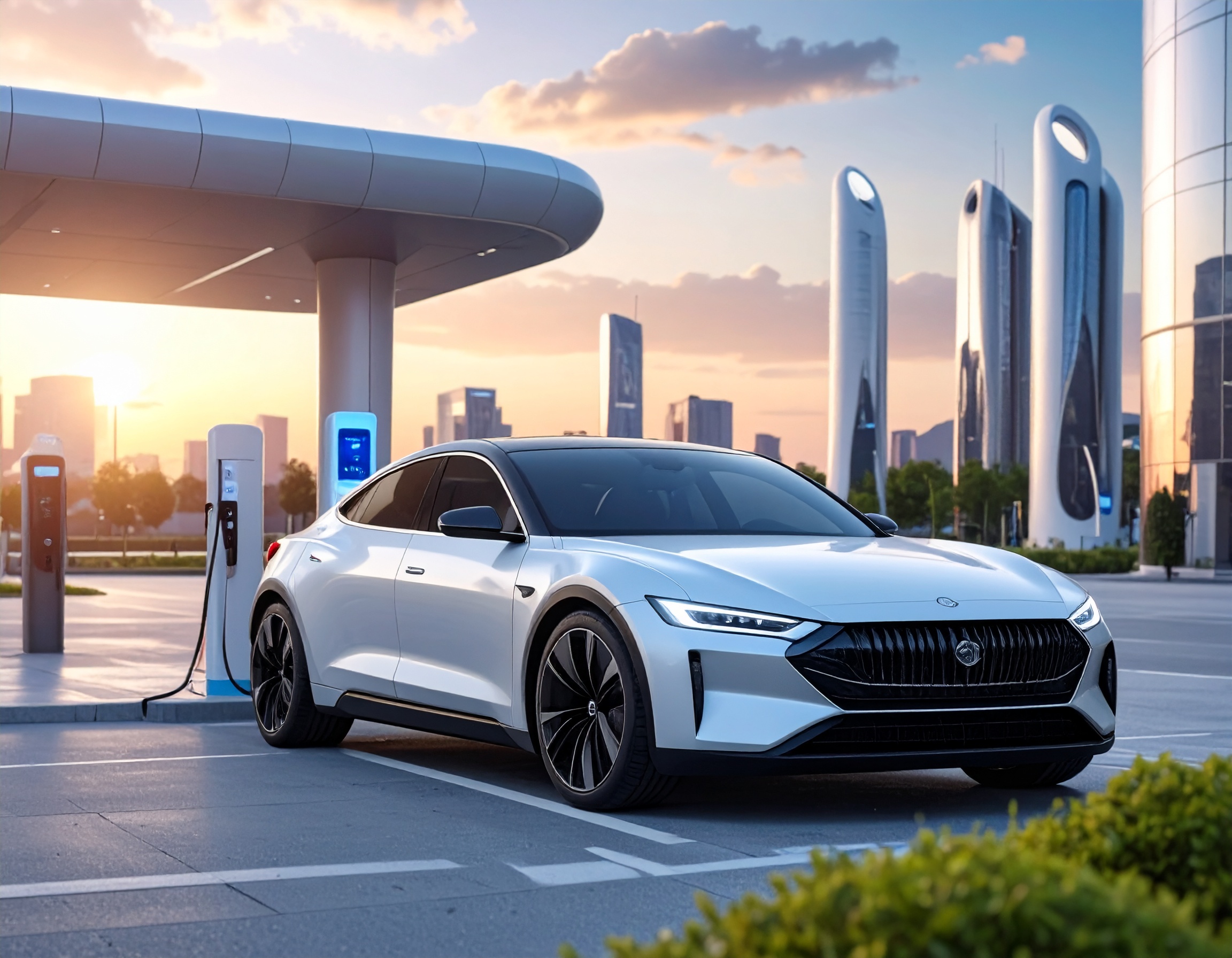Global Hydrogen Demand Continues Steady Rise Despite Project Pipeline Challenges, IEA Reports

Global hydrogen demand is steadily increasing, but the low-emissions hydrogen project pipeline has contracted, highlighting both challenges and opportunities for the sector as it eyes robust growth through 2030, according to the latest IEA Global Hydrogen Review 2025.
The report shows that worldwide hydrogen consumption reached nearly 100 million tonnes in 2024, up 2% from the previous year, driven primarily by traditional industrial and refining sectors. While fossil-fuel-based hydrogen remains the most cost-effective option today, falling renewable energy costs and technology advancements are expected to narrow the cost gap by 2030, spurring broader adoption of green and low-emissions hydrogen.
Despite recent project delays and cancellations, the sector is projected to expand significantly. Low-emissions hydrogen production could reach up to 37 million tonnes per year by 2030, though this is below last year’s projection of 49 million tonnes. Operational, under-construction, and Final Investment Decision (FID) projects alone are expected to increase more than fivefold from 2024 levels to over 4 million tonnes per year, with an additional 6 million tonnes per year achievable if effective policies and demand signals are put in place.
“Investor interest in hydrogen surged earlier this decade due to its potential to decarbonize hard-to-abate sectors,” said Fatih Birol, IEA Executive Director. “Although economic pressures and policy uncertainties have slowed some projects, the sector is still progressing globally. Policymakers must maintain support schemes, foster demand, and accelerate infrastructure deployment to sustain this growth.”
The report highlights China’s leadership in the hydrogen market, accounting for 65% of global electrolyser capacity and nearly 60% of manufacturing capability. However, rising costs and slower-than-expected uptake outside China are challenging manufacturers worldwide. Southeast Asia is emerging as a fast-growing hydrogen market, with potential production reaching 430,000 tonnes per year by 2030, up from just 3,000 tonnes today. Accelerated deployment of renewables, supportive policies, and pilot projects are critical to realizing this potential.
The 2025 review also provides insights into hydrogen adoption in shipping, identifying opportunities for ports with existing chemical handling infrastructure to support low-emissions hydrogen fuels. Nearly 80 ports worldwide already possess relevant expertise, indicating strong early readiness for hydrogen bunkering.
Accompanying the report is the updated Hydrogen Production and Infrastructure Projects Database and a new online tracker, allowing industry stakeholders to explore low-emissions hydrogen projects, regional production costs, and more than 1,000 hydrogen policy measures implemented globally since 2020.
The IEA Global Hydrogen Review 2025 underscores the hydrogen sector’s dynamic evolution, revealing that while challenges remain—such as cost, infrastructure, and policy uncertainties—the pathway to scaling low-emissions hydrogen remains robust. With continued investment, innovation, and international collaboration, hydrogen is set to play a transformative role in achieving global net-zero energy goals by 2050.

